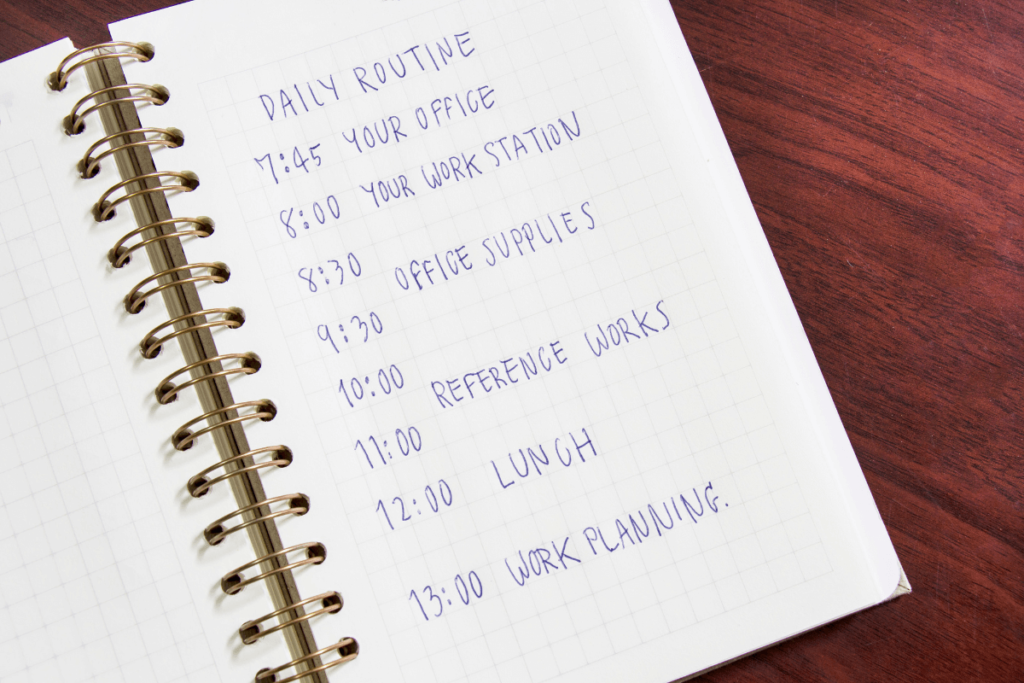Let’s get real, we all have our own office annoyances. The chomper, the Saturday sharer, the desk hoverer who’s the constant beep-beeper.
Coworkers have the ability to get under your skin, derailing your concentration and draining your energy, but what if you never had to engage in an actual confrontation?
If you’ve been looking for those ways to silence annoying coworkers without actually speaking up, you’re in luck. What you are about to read are subtle, psychology-backed ways to regain your day, without office drama.
1. Leverage the Power of Body Language

Dr. Albert Mehrabian confirmed scientifically that more than 55% of communication is done through non-verbal messages, or better said, body language.
Avoid looking at the person when you notice they are getting near. It is a sign you are busy and not interested in chatting. Employ the closed position of arms crossed behind the back or facing your back to them.
The latter deters others from approaching you. When they stay around, the head shaking while you remain concentrated on your business can further discourage them. Over time, the repeated non-verbal signs lead others to leave you alone.
Wearing noise-canceling headsets even when you’re not actually using them. Not only do they reduce environmental noise, but they also send a strong visual signal that you’re busy.
It’s low-effort and low-impact interruption minimization. It also sends a strong signal of being fully focused on deep work. Using this passive device eliminates the need to invoke verbal boundaries.
2. Utilize the “Busy Signals”

Think of your workspace as a traffic light. Visual signals can restrict boundaries without disharmony.
Place a “Do Not Disturb” sign or flag on your screen. This is an instant alert to other team members that you’re focusing on the important task. A sign reading “Heads-down time” works magic. This is a friendly but strong way of avoiding interruptions.
Block your “focus hours” in your shared schedule. This is an explicit indicator to members of your team that they are your most productive hours. If they are kept consistently, they are largely respected.
3. Maintain Physical Distance

If possible, relocate your workspace away from high-traffic areas. Making even small changes can reduce unwanted contact.
For the open office worker, choose your work area amidst quieter colleagues to get the most out of focus. Scheduling the meeting room during intense work periods also provides a disruption buffer.
If your work schedule permits, request to work from home on days when you wish to focus intensely. Such routines minimize your contact with distracting or chatty colleagues. Your actual or home workspace can serve as your first buffer.
In 2021, a study in the Journal of Environmental Psychology confirmed that proximity makes interruptions more likely. Distance equals quietness.
4. Create Digital Barriers

Other times, the most maddening coworkers are not personally around you but rather in your inbox or Slack.
Turn on “Do Not Disturb” when you want to focus. This eliminates the need to respond to non-urgent messages. It also discourages others from expecting you to respond straight away. Over time, they’ll understand to respect your online boundaries.
Send your response emails in batches at predetermined times. This discourages back-and-forth interruptions and lets you have your schedule on your own terms. It’s also great to show you have respect for structured communication.
Mute unwanted channels or conversations. Mute eliminates the distracting conversations and keeps you on track. Specifically, where you have things like Slack or Teams, it eliminates the noise considerably. It keeps your digital space as tidy as your physical space.
According to RescueTime research, employees check their email or messaging apps approximately every 6 minutes. Abstaining from this habit can significantly improve your office productivity.
5. Embracing the Strategic Silence

At times, the most effective method to silence another is to remain silent. If your coworker is ranting, oversharing, or gossiping, don’t feed the behavior with “yeah” and “totally.” Maintain your poker face and avoid responding with personal stories.
This lets them know you’re not interested without giving them false hope. They’ll eventually get it through their head you’re not a sounding board. Strategic silence makes you an uninteresting target to talk to.
Dr. Marsha Linehan, psychologist, suggests using silence as a method of “extinction” for behavior therapy, where you would simply not reward the behavior, and it would naturally extinguish.
6. Change Your Routine

If you’re aware of the time and place, your annoying co-worker prefers to pounce, shake things up. Shift your arrival time, lunch break, or use of the break-out space to avoid concurrent interaction times.
For example, taking your coffee break 20 minutes earlier may just eliminate those unwanted run-ins. These slight adjustments to your regimen equal huge relief. New habits create new boundaries. You’ll be taking back your time without having to say anything.
7. Let Your Work Speak For You

Standing focused can keep casual interrupters away. When others notice you are focused, they think twice before interrupting. Good performance earns credibility and trust.
When you consistently get work done, you have the best chance of getting uninterrupted time from others. This also sets the professional tone to discourage chit-chatting. Other people will associate you with concentration, not mindless blabbering.
8. Practice Controlled Exposure

You may not be able to steer clear of an annoying colleague entirely, but you can dictate the timing and the frequency of your interaction with this colleague.
Rehearse the conversation beforehand in your head. This puts you at ease and limits interaction. Preparation makes you less receptive. You can have conversations with the intent to close them.
You schedule when you spend time with them to avoid intrusiveness. Planned short intervals are easier to cope with. You also schedule them during low-energy times of the day. This protects your best work time.
Treat yourself to something for getting through the exchange. Positive reinforcement helps to make the uncomfortable situation tolerable. Even the smallest of treats, such as getting a coffee break, works. You have something to anticipate.
This approach is suitable when you have to devise a way to make an annoying colleague leave you alone without escalating the situation.
9. Set Passive Boundaries

Boundaries do not necessarily need to be said. Wearing your hood indicates you don’t want to converse. Having your workspace tidy and free of casual talk leads to fewer social drop-bys.
Position your chair at an angle to the pathway to create an unconscious barrier that silently discourages approaching. All of these are useful because they are inconspicuous and consistent. They train people to hesitate before interrupting.
Be consistent. When people notice you’re consistently occupied or not available for small talk, they adjust.
10. Speak to HR If All Else Fails (Quietly, Naturally)

How to get an annoying coworker to leave you alone? If their conduct is bordering on harassment, discrimination, or persistent disruption, it’s time to involve HR.
You do not have to overdo it with this. Document incidents explicitly and ask HR for help to maintain the workplace free from distractions.
Based on SHRM’s employee survey, 36 percent of employees name distracting coworkers among the largest workplace distractions. HR is there to help you maintain the security and productivity of the company. This step can bring long-term relief.
Where there is risk to performance or to well-being, subtle strategies may have formal support.
Value Your Time and Work Ethic
You don’t have to endure pain in isolation. Annoying coworkers are inevitable, but quietly tolerating them doesn’t have to be your modus operandi. With the right strategy and tact, you can put boundaries around them that speak volumes without ever having to say anything.
You can master the art of silencing intrusive coworkers without having to say anything, without hurting your reputation and relationship through the use of body positioning, environmental modifications, and psychological supports.
Sometimes the strongest thing to utter at the office is nothing.



No Comments